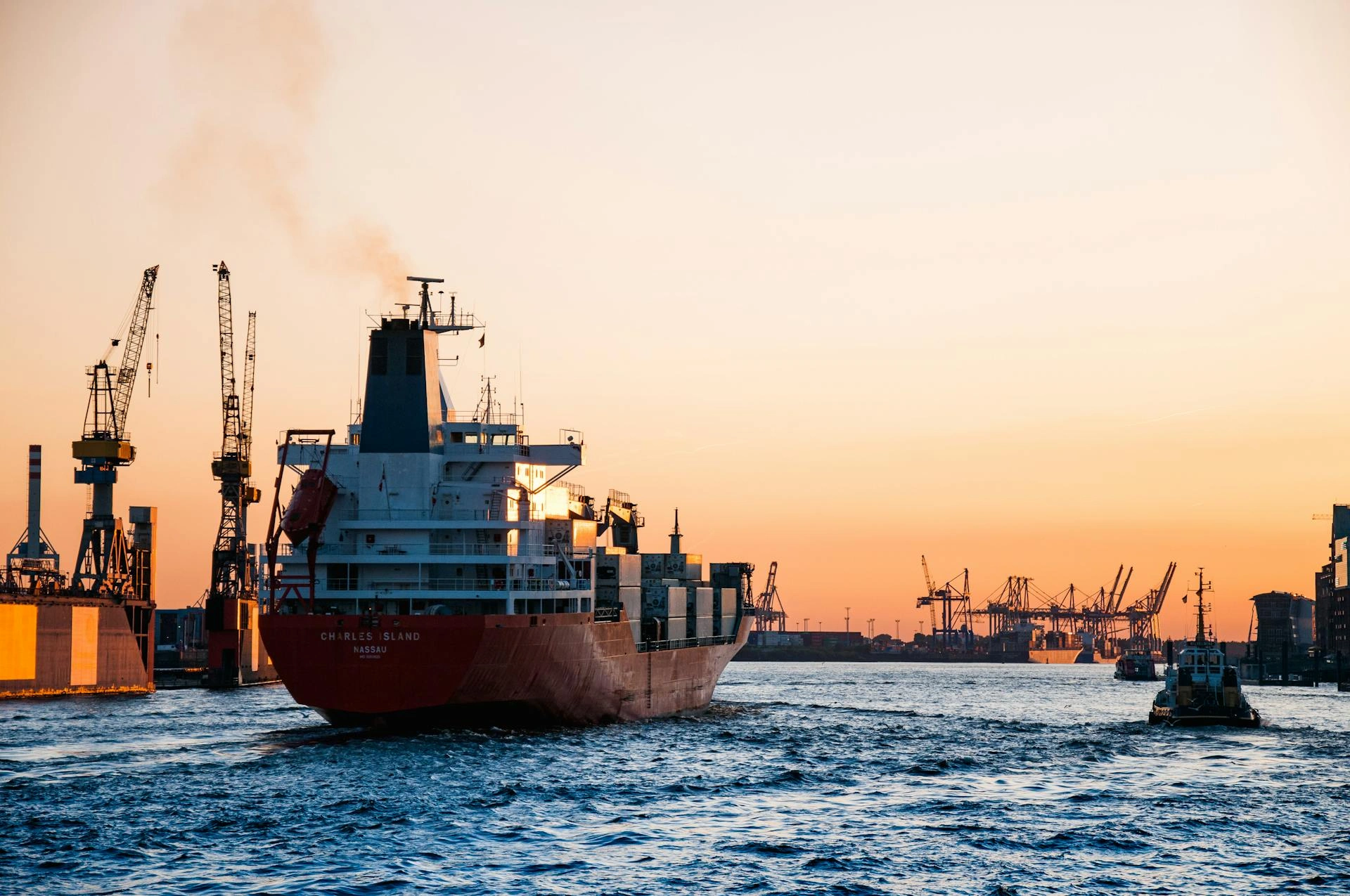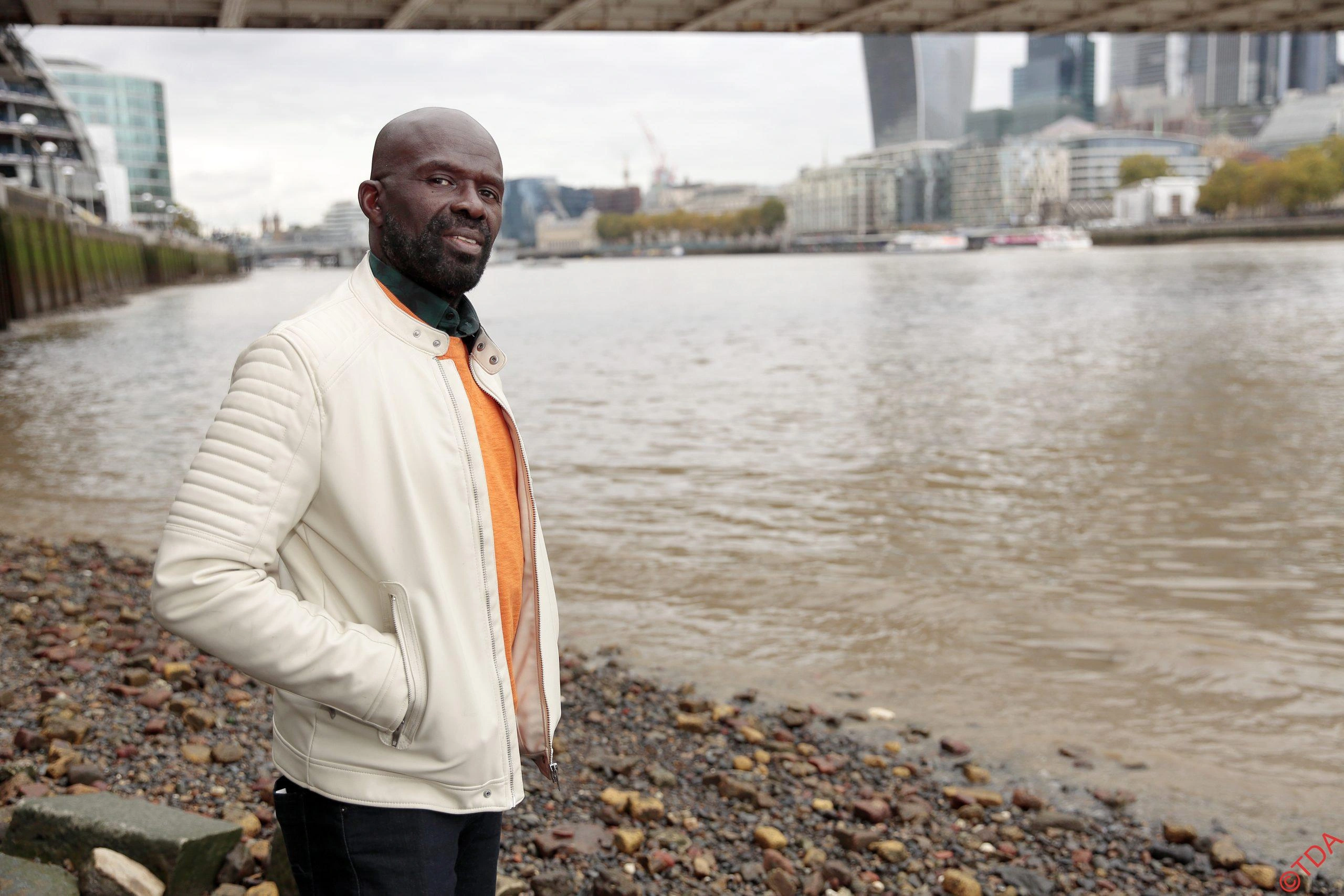Will the Great Icelandic Swim break Ross Edgley?

Ben Hooper
- Published
- Opinion & Analysis
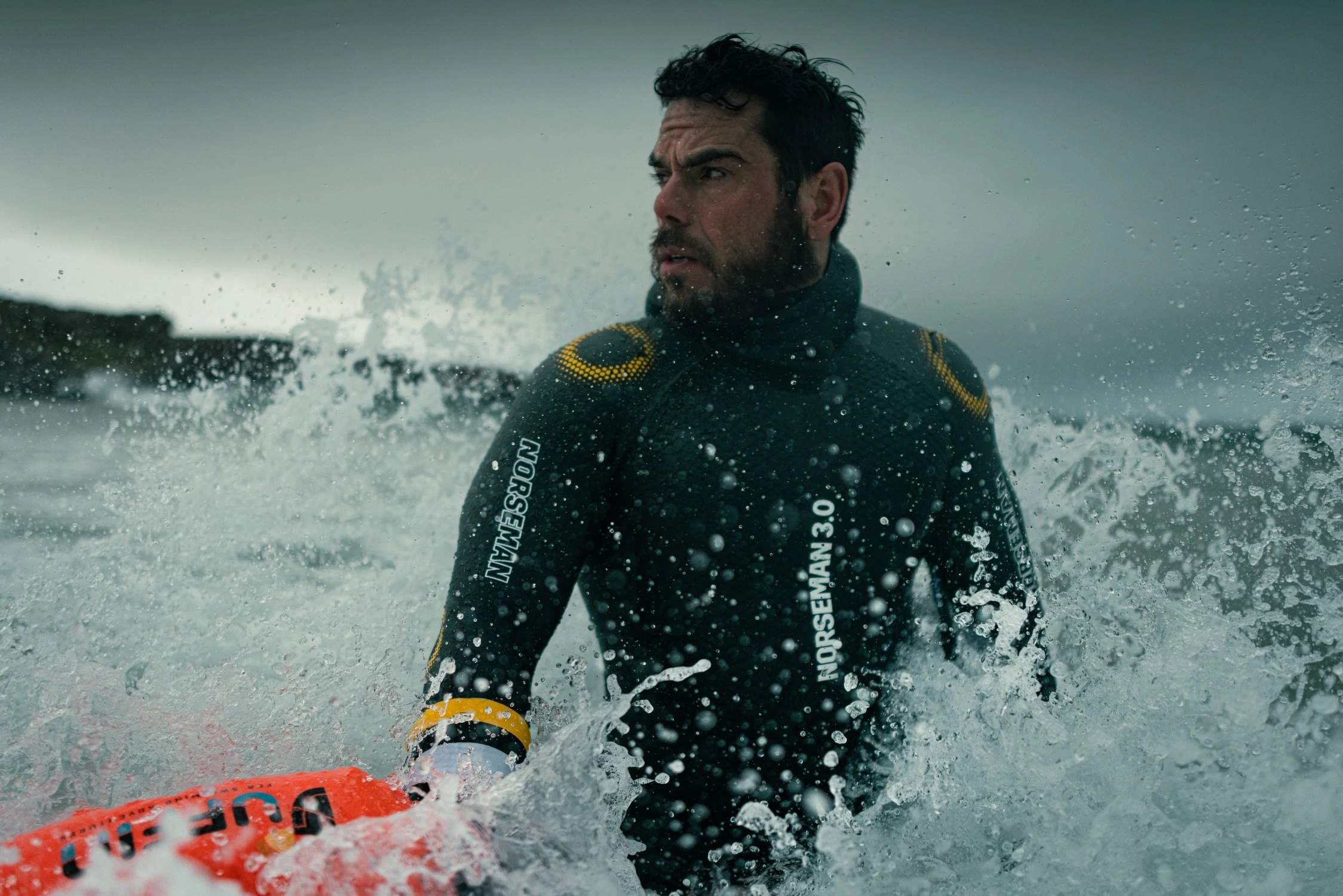
He’s already swam around Britain but this month adventurer Ross Edgley’s is going to attempt to become the first person to do the same around Iceland, all in the name of science. His Great Icelandic Swim may break records but it could possibly break him first, writes ultra-long-distance swimmer Ben Hooper
In 2018, British adventurer Ross Edgley became the first person ever to swim around the coast of Great Britain, a 1,780-mile journey that he described as going from “a swim as most people consider it, as a sport, to being a survival exercise.”
He’s also achieved other headline-grabbing feats including pulling a 1,400kg Mini Cooper during a marathon and climbing the equivalent height of Everest on a rope in under 20 hours.
But now, the 39-year-old is about to embark on a challenge that I think will prove much, much harder than anything he’s done before: the Great Icelandic Swim.
On 16th May, Edgley will dive into freezing Arctic waters off Iceland’s coast to begin an unprecedented solo 1,000-mile lap around the frigid island. It will take three months, with him planning to cover 30 nautical miles per day.
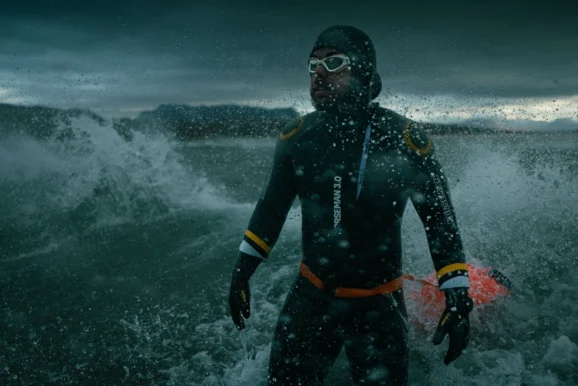
And there’s more to his attempt than just glory. Edgley has framed the Great Icelandic Swim as a citizen science mission to find out more about the impact of climate change and man-made pollution on the ocean waters and marine life it supports.
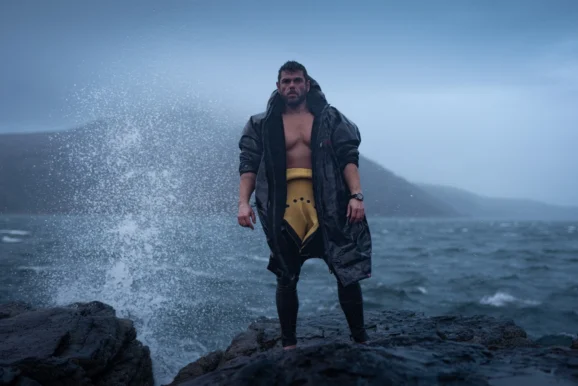
Travelling with a 68-foot support yacht and rotating crew, he plans to collect daily water samples to monitor microplastics, marine biodiversity and chemical pollutants like flame retardants. Academic partners, including the University of Iceland and the Marine and Freshwater Research Institute, will analyse the data. The team also hopes to log sightings of whales and other ocean life, while monitoring Edgley’s own physiology to assess the impact of prolonged cold-water exposure on the human body.
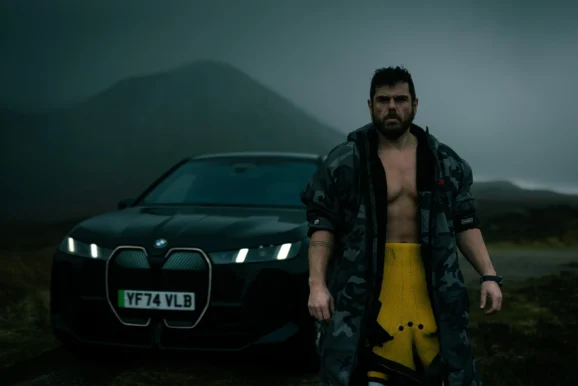
If he succeeds, then, he’ll both make history and contribute to our scientific knowledge. The question, though, is will Iceland prove a step too far, even for him?
Yes, Iceland’s 1,000-mile swimming route may be shorter than going around Britain.
Yes, it’s being done in the name of science and is all very noble.
But let’s not forget that it’s an achievement that’s remained unclaimed for a good reason: the waters there are colder, rougher and far less forgiving. Immersed in Iceland’s coastal waters, which can be as low as 6 °C, for up to 12 hours a day, he’s at constant risk of hypothermia not to mention severe injury and crippling fatigue.
And as someone who has taken on an ocean challenge, attempting to become the first person in history to swim across the Atlantic Ocean, I can say with absolute authority that the threat of the cold cannot be underestimated.
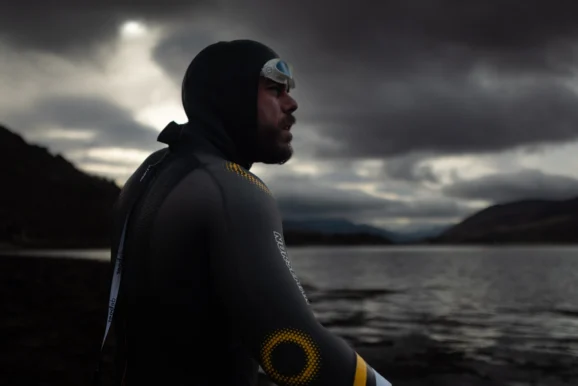
Cold shock and limb incapacitation will hit hard at the start of each daily swim, especially in the early weeks before his body has properly adapted. And while he’s in the water, his core temperature will drop dangerously low, significantly increasing the risk of organ dysfunction and unconsciousness.
Even after leaving the water and back on deck, he’s still not out of danger as there’s the risk of an ‘after-drop’ — a further dip in body temperature as cold blood from the limbs returns to the core — occurring.
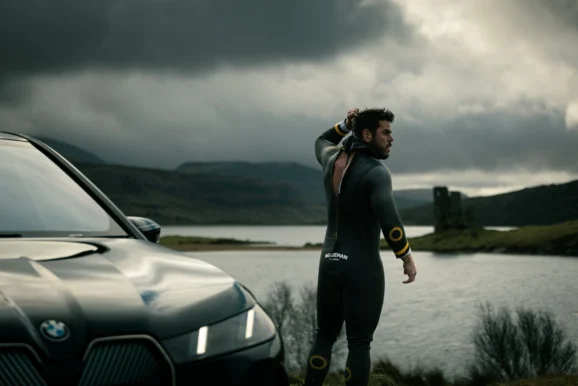
Thankfully, Ross and his team know this. I assume they’ll use gradual acclimatisation, heated cabins, and thick lanolin grease to reduce the risk. But nothing removes it entirely.
When I swam the Atlantic, even in warm tropical water, I lost feeling in my arms and legs after hours at sea. In Iceland, Ross will face that same nerve cooling at a far greater intensity. If he sticks to 30 nautical miles a day as planned, he’ll be in the water for 10 to 12 hours at a time, long enough for hypothermia to creep in if his core drops just a single degree each hour.
And there’s recent precedent to be concerned for Edgley. During his 2022 attempt to achieve the world’s longest lake swim, in Loch Ness — a 100-mile endurance effort —he was pulled out after 52 hours and 39 minutes, being forced to stop due to cellulitis, hyperthermia and kidney failure. This puts him at a predisposed risk for it to happen again, sadly.
Then there is the energy demand on his body, which is huge. In such cold water, he’ll be burning 250 to 300 calories per mile, and cold water ramps up your metabolic rate fast, meaning he’ll need to consume at least 8,000 calories per day just to avoid falling behind. That’s not much less than what he took on during the Great British Swim and it’s equivalent to about nine roast dinners a day.
His food needs to be calorie-dense and easy to digest, with nut butters, coconut gels and carbs taken during regular feed stops from the support boat. After a few weeks, though, the gut starts to suffer. Nausea, diarrhoea and throat soreness are all common. If he can’t keep the calories down, he’ll start to lose muscle, and with it, any buffer against the cold.
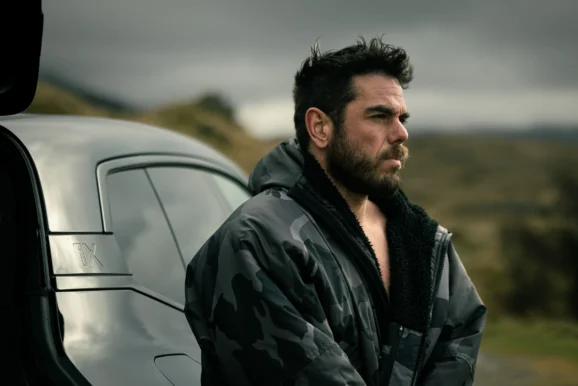
And that’s before you factor in the sheer wear and tear of his endeavour. Salt water and friction can take a swimmer out long before they’re physically exhausted. In 2018, on the Great Britain swim, his tongue literally began to disintegrate, his neck hardened with salt plaques, and the arches of his feet collapsed. I had similar issues during my Atlantic crossing. I managed them with mouthwash, barrier creams, and constant skin care. Edgley needs to do the same, especially when it comes to heel fissures. They’re painful, slow to heal, and dangerous if left untreated.
By week three or four, shoulder strain and swelling in the wrists are also likely. The only way through that is strict load management and physiotherapy support on deck. Hopefully he’ll have both.
There’s also the mental aspect to consider. Edgley is good at playing to the camera, and there’s no doubt he thrives in the spotlight. But out there, in the water, none of that matters. Monotony, fatigue and lack of sleep are hard to fight. Having a crew and yacht will help, but what really makes the difference are the routines: visualising the next checkpoint, breaking the day into blocks and resting properly. Without that order, things start to unravel quickly.
Ultimately, success won’t come down to hype or heroics but will entirely depend on whether the systems that Edgley and his team have put in place — physically, logistically, mentally — can hold up under pressure, day after day. That’s what separates a good expedition from a survivable one. And in a place like this, with cold, salt and time all working against you, survival is the real benchmark.
I wish Ross and his crew well. I know just what it’s like to push past limits in open water and I’ll be watching his progress, like so many others, with keen interest.
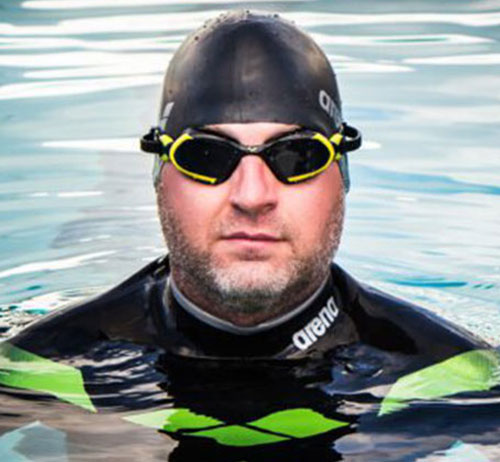
Ben Hooper hit the international headlines after revealing what has been described as one of the world’s most ambitious expeditions: to swim “every single mile” of the Atlantic Ocean – according to Sir Ranulph Fiennes OBE, the last great bastion to be conquered. Ben’s intended journey, across two-thousand miles of open ocean between Senegal and Brazil, would take up to four months, and would enter the record books. The expedition, called ‘Swim the Big Blue’, following Ben’s death from swimming into thousands of left-over Portuguese Man O’War tentacles and his incredible restart, mid-Atlantic, was eventually thwarted by adverse weather conditions damaging his support vessel. It was a devastating blow following years of painstaking dedication and training. Today, Ben holds the only WOWSA verified attempt to swim the full extent of The Atlantic Ocean.
Pictures, courtesy BMW Group.
Sign up to The European Newsletter
RECENT ARTICLES
-
 The digital euro is coming — and Europe should be afraid of what comes with it
The digital euro is coming — and Europe should be afraid of what comes with it -
 Why Greece’s recovery depends on deeper EU economic integration
Why Greece’s recovery depends on deeper EU economic integration -
 Why social media bans won’t save our kids
Why social media bans won’t save our kids -
 This one digital glitch is pushing disabled people to breaking point
This one digital glitch is pushing disabled people to breaking point -
 Japan’s heavy metal-loving Prime Minister is redefining what power looks like
Japan’s heavy metal-loving Prime Minister is redefining what power looks like -
 Why every system fails without a moral baseline
Why every system fails without a moral baseline -
 The many lives of Professor Michael Atar
The many lives of Professor Michael Atar -
 Britain is finally having its nuclear moment - and it’s about time
Britain is finally having its nuclear moment - and it’s about time -
 Forget ‘quality time’ — this is what children will actually remember
Forget ‘quality time’ — this is what children will actually remember -
 Shelf-made men: why publishing still favours the well-connected
Shelf-made men: why publishing still favours the well-connected -
 European investors with $4tn AUM set their sights on disrupting America’s tech dominance
European investors with $4tn AUM set their sights on disrupting America’s tech dominance -
 Rachel Reeves’ budget was sold as 'fair' — but disabled people will pay the price
Rachel Reeves’ budget was sold as 'fair' — but disabled people will pay the price -
 Billionaires are seizing control of human lifespan...and no one is regulating them
Billionaires are seizing control of human lifespan...and no one is regulating them -
 Africa’s overlooked advantage — and the funding gap that’s holding it back
Africa’s overlooked advantage — and the funding gap that’s holding it back -
 Will the EU’s new policy slow down the flow of cheap Chinese parcels?
Will the EU’s new policy slow down the flow of cheap Chinese parcels? -
 Why trust in everyday organisations is collapsing — and what can fix it
Why trust in everyday organisations is collapsing — and what can fix it -
 In defence of a consumer-led economy
In defence of a consumer-led economy -
 Why the $5B Trump–BBC fallout is the reckoning the British media has been dodging
Why the $5B Trump–BBC fallout is the reckoning the British media has been dodging -
 WPSL Group unveils £1billion blueprint to build a global golf ‘super-group’
WPSL Group unveils £1billion blueprint to build a global golf ‘super-group’ -
 Facebook’s job ads ruling opens a new era of accountability for artificial intelligence
Facebook’s job ads ruling opens a new era of accountability for artificial intelligence -
 Robots can’t care — and believing they can will break our health system
Robots can’t care — and believing they can will break our health system -
 The politics of taxation — and the price we’ll pay for it
The politics of taxation — and the price we’ll pay for it -
 Italy’s nuclear return marks a victory for reason over fear
Italy’s nuclear return marks a victory for reason over fear -
 The Mamdani experiment: can socialism really work in New York?
The Mamdani experiment: can socialism really work in New York? -
 Drowning in silence: why celebrity inaction can cost lives
Drowning in silence: why celebrity inaction can cost lives

















